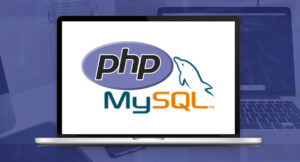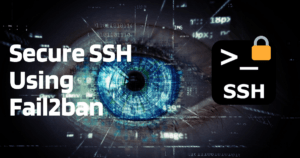Docker enables the rapid creation and execution of container instances with our desired applications. These containers are generated through the use of images.
A docker image is a collection of code, libraries, configuration files, etc. for an application. Repositories are used to store the images (storage locations).
Docker containers can be created by downloading images from a repository and executing them. Thus, a container is nothing more than a run-time instance of a particular image.
In order to build a Docker image, a Dockerfile is used. A dockerfile is a text file in YAML format. It contains a list of commands that must be run to generate an image.
How to edit docker images
The images provided by repositories are unique to the creation of a single instance type. In many cases, users will need to edit these images to meet their specific requirements.
We edit this docker image to customize or tweak it to meet specific requirements. However, one disadvantage of Docker is that an image cannot be directly edited or modified.
Two ways to edit Docker images
Edit the Dockerfile
Editing the Dockerfile that is used to create the Docker image is the most common method. Docker images can now be edited simply and reliably.
This is an example of a Dockerfile for a Zabbix monitoring container.
zabbix-agent:
container_name: zabbix-agent
image: zabbix/zabbix-agent:latest
net: "host"
privileged: true
restart: always
environment:
ZBX_SERVER_HOST: zabbix.mysite.com
To change the image used by an existing container, we must first delete it, then edit the Docker file to make the necessary changes, and then recreate the container using the new file.
The image used to create the container in this sample Dockerfile is ‘zabbix/zabbix-agent:latest’. By editing this file, you can change the image to a different one or version.
Using a single YAML Dockerfile, the ‘docker compose’ tool makes it simple to manage multiple Docker containers. Only one container can be changed at a time, and this can be done in the file.
Only the corresponding containers must be recreated after making changes to the image; the rest can be left intact. For this, the option “–no-recreate” is used.
docker-compose -f dockerfile.yml up -d --no-recreateDocker containers cannot be used to store persistent data because they are designed to be restarted and recreated. The data in Docker infrastructure are generally stored in Docker volumes.
Storing data in volumes outside of containers ensures that the data associated with them is unaffected even if the containers are recreated.
This allows us to edit a docker image without losing the data underneath. Modifying Dockerfiles also makes it easier to keep track of image changes.
When modifying a Dockerfile, extreme caution must be exercised, especially in a production environment, as a single mistake can cause a normally functioning container to fail.
Create a modified image
Another way to edit a Docker image is to run it as a container, make the necessary changes, and then create a new image from the modified container.
1. To begin, create a Docker container from a parent image from the repository.
2. Then, using the bash shell, connect to the container.
docker exec -it container-name bash3. Make the necessary changes to the container from the shell. Installing new packages, changing configuration files, downloading or removing files, compiling modules, and so on.
4. Exit the container once the changes have been completed. Then, as a new image, commit the container. This will create a new image with the modified container state.
docker commit container-ID image-nameStuck in between? Our Docker support experts are ready to help you 24/7.




